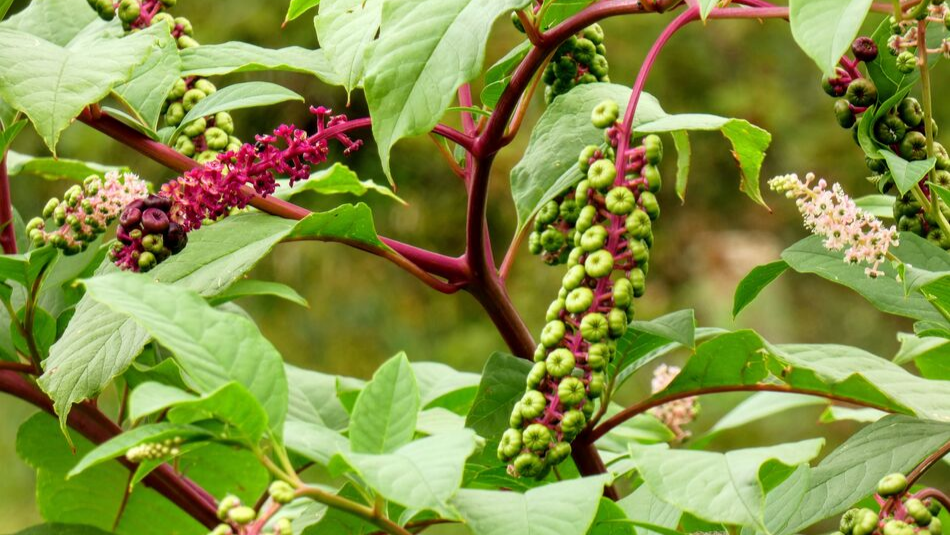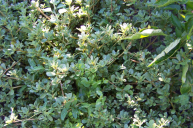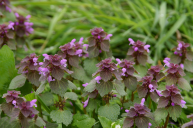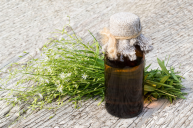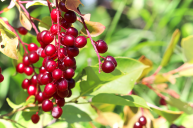It sits nonchalantly among the ferns and greens as just another weed overtaking the garden. Most people leave it be or dispose of it with a pair of gardening gloves, but for some in the Southern Appalachian region, this North American Pokeweed holds importance and family tradition.
Videos by Wide Open Country
What is Pokeweed?
Pokeweed, or Phytolacca americana a poisonous herbaceous perennial plant that can reach a height of 10 feet. Simple green leaves take up the bulk of it, while green and white flowers and purple berries dot throughout the bush. The native plant is found commonly across the United States and hosts a variety of names including pokeberry, inkberry, American nightshade, American spinach, scoke, and pigeonberry. But it's diverseness doesn't stop there. The Pokeweed plant has been used for centuries as food, medicine, dye for clothing, ink for writing, and much more.
So, Pokeweed is Poisonous
Known as poke salad or poke sallet, cooking common pokeweed started out as a practicality. Michael Twitty, historian, Southern food expert, and author of The Cooking Gene, spoke with Savuer Magazine back in 2018 about why people ate the poisonous plant. According to Twitty, people in the old days used to walk barefoot quite a lot. In turn, they would step in animal feces and many would end up with worms or parasites in their bellies, "Most of our ancestors from the Depression backwards were full of worms." He shares.
So they cooked the young leaves and ate it, causing the worms to be violently purged from their stomachs.
Pokeweed poisoning is no joke. According to Penn State Hershey, poison ingredients Phytolaccatoxin and Phytolaccigenincan be found in the root system, leaves, and stems of the weed. A small amount can found in the dark purple berries. Within 6 hours of ingestion, symptoms may include diarrhea, nausea and vomiting, low blood pressure, slow or difficulty breathing, weakness, and a rapid pulse.
Thankfully once modern medicine started taking over, cooks realized that cooking the leaves in a few batches of boiling water could remove the poison from the leaves so they could enjoy the taste of green without losing their lunch in the process. Let it be known, you should never cook or eat the poke root.
How To Make Poke Sallet
Wide Open Eats highly discourages anyone from preparing pokeweed unless they truly know how to do so and are confident in their ability and knowledge. No part of this article is intended to serve as a recipe or "how-to" guide in preparing pokeweed but is offered merely as cultural and historic documentation.
Most people prepare the weed by harvesting the young shoots of the plant, making sure not to grab any other parts of the plant including the purplish black berries or root. If the leaves have any hint of purple on them they should be discarded. They then rinse the leaves in a sink of cool water and place in a large pot on the stove and cook at a rolling boil for 20 minutes. Once the twenty minutes have passed, they pour the leaves into a sieve, removing the water from the pot. They refill with new water and bring to a rolling boil, cooking another 20 minutes. Cooks repeat the process a total of three times at a minimum. Once cleaned, cooks Panfry the leaves in bacon grease or vegetable oil with green onions and yellow onions and season with salt and pepper.
